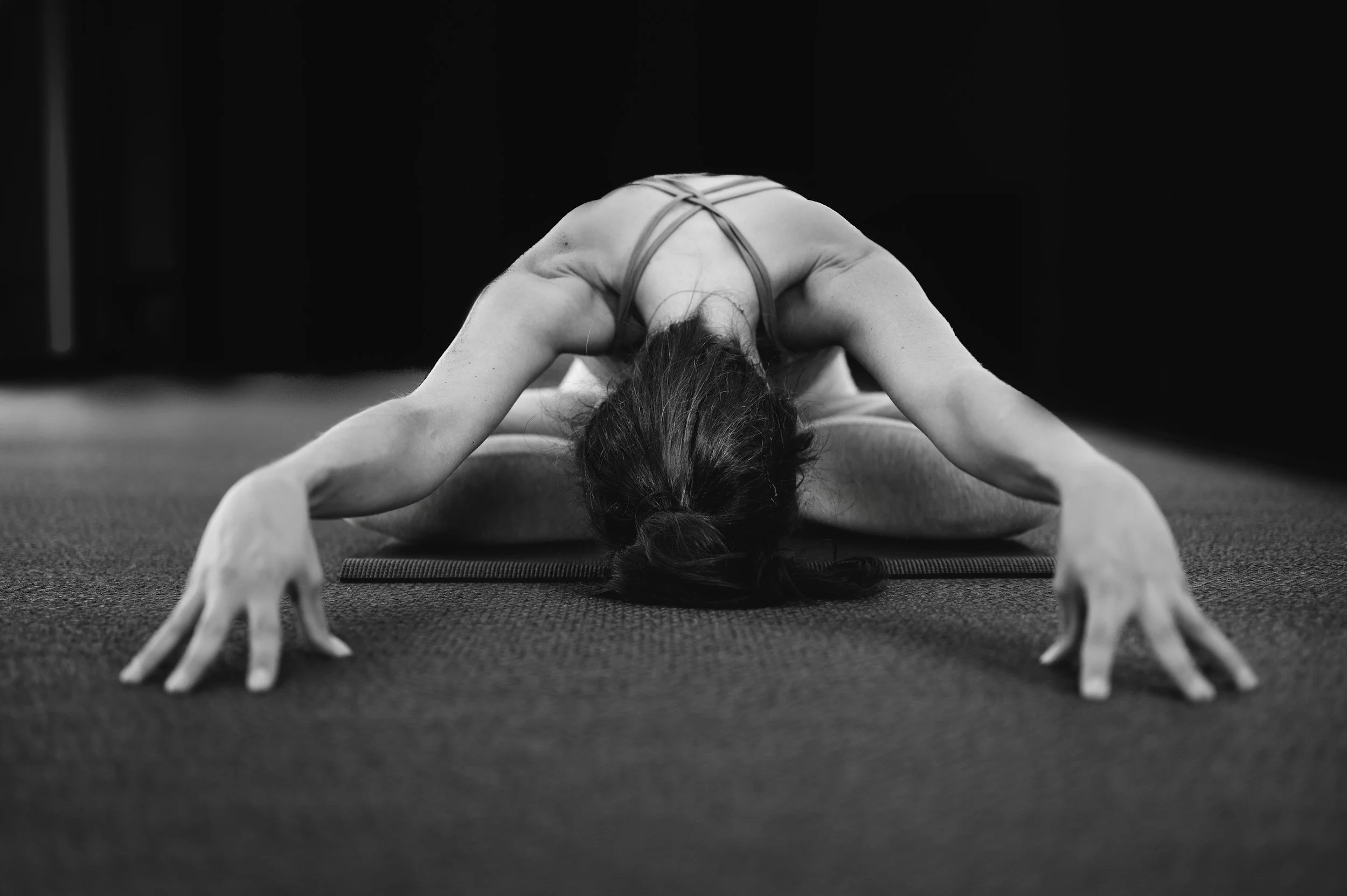The gentle power of Yin Yoga
Sunday evenings are a gentle transition from the past week and a quiet preparation for the one ahead. Yin Yoga is the perfect way for me to do this. It's not only one of my favourite ways to relax, but also a practice that has taught me to listen to my body in a whole new way.
Unlike many forms of yoga that focus on building heat and strength, Yin is a practice of stillness and surrender. The magic lies in holding postures for several minutes, which allows gravity and time to gently work on the body. This approach helps to address some of the deeper, more persistent issues we often carry.
The Connection Between Yin Yoga and Chronic Pain
Chronic pain isn't just a physical sensation; it's a complex conversation between your body, your nervous system, and your mind. Often, chronic pain can stem from the nervous system becoming "over-sensitive," a phenomenon where it essentially "turns up the volume" on pain signals, as described by the NHS. This can also be linked to fascial tension. Fascia is the connective tissue that runs throughout our bodies, and when it becomes tight or restricted, it can lead to widespread discomfort. Yin Yoga directly addresses this by applying gentle, sustained pressure to these tissues, encouraging them to release and rehydrate.
This practice also teaches you to differentiate between discomfort and harm. In a long-held pose, you'll likely feel sensations. Yin invites you to sit with these sensations and observe them without judgment, fostering a compassionate dialogue with your pain. Instead of seeing pain as an enemy to be fought, you learn to see it as a messenger, guiding you to where your body needs attention.
Beyond the Mat
The benefits of Yin Yoga aren't confined to your mat. The practice of mindful stillness and breath awareness helps to calm the nervous system, a skill that is invaluable in daily life. By learning to find peace in a challenging pose, you build emotional resilience that you can carry into moments of stress or discomfort off the mat.
Ultimately, Yin Yoga is a gentle but incredibly effective path to physical ease and emotional well-being. It's a reminder that sometimes, the most powerful thing we can do is simply to be still and listen.
Yin poses are not meant to be completely comfortable. You should feel a steady stream of prana (life force) flowing through the meridians, with a releasing sensation in the joints. However, you should not be at your maximum extension. Forcing the body into a deep stretch for 3-5 minutes can cause injury.
The purpose of Yin yoga is to target the connective tissues, so the muscles must be relaxed and cool. Adapt your poses so you can feel a subtle flow of prana that deepens into a pulsation with the long hold.
For detailed instructions and images for each pose, I recommend the book, Yin Yoga: Stretch the Mindful Way by Kassandra Reinhardt. And here is a link to a free presentation I have put together.
I've always loved breathing practices and meditation – they were what first drew me to yoga. Try this simple practice:
Lie down, knees bent, feet flat on the floor
Place your hands around your lower ribs
Observe your natural breathing for a few breaths
Notice if there's any asymmetry in the movement
Does one side expand more quickly or fully on one side? Is one side more responsive?
Next time you exhale, press very slightly into the side which is slower / less responsive
Keep the gentle pressure as you inhale
This will give you some resistance and will help to balance out the movement

